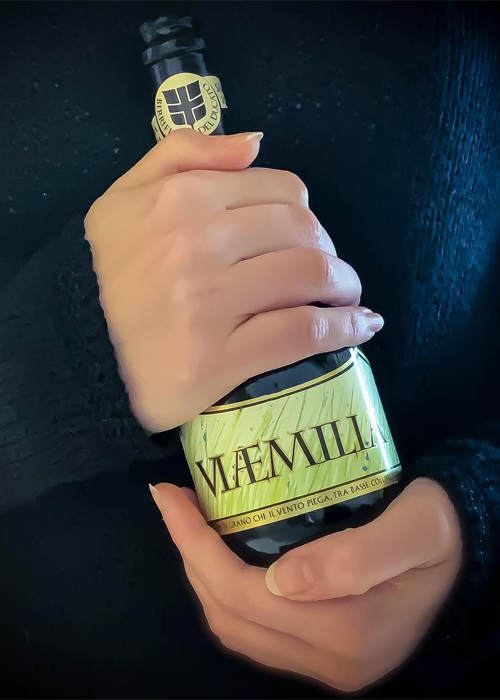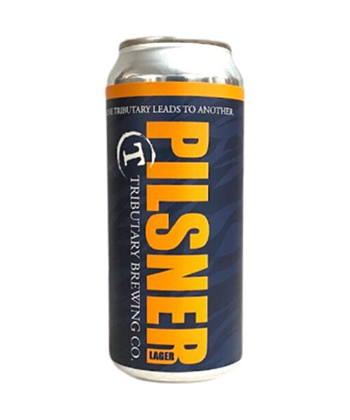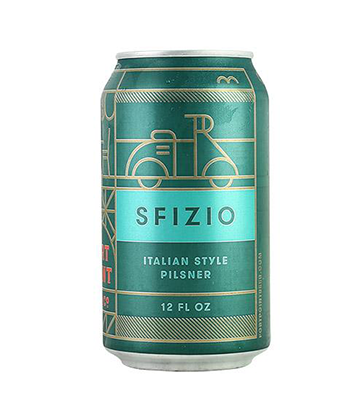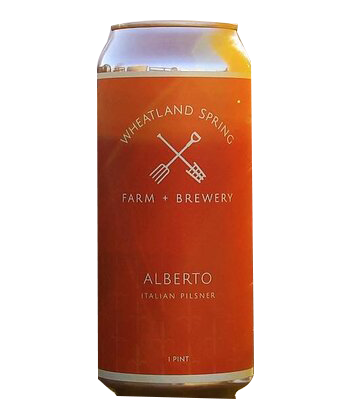Peruse beer menus at craft breweries across America and alongside the usual suspects — mostly IPAs and an imperial stout or two — you’ll see an emerging craft category, the hoppy lager. These lagers turn up the volume on traditional inspirations, with brewers allowing hops to be the star of the proverbial show. Along with riffs on German and Czech classics Americans know and love, an additional geographical marker is becoming a bit more prevalent on chalkboard lists and online shops across the country: the “Italian”-style pilsner.
Casual beer fans may believe the pilsner style is synonymous with “beer-flavored beer.” This is understandable, given Americans’ top-selling lager brands. However, in reality, “lager” can mean many different things, the pilsner style alone spawning iterations of itself around the globe.
The style was launched in the city of Pilsen in what is now the Czech Republic. It’s a hop-forward style that differentiates by geography: The Czech style is a little fuller in body, while the German variety tends to be a little lighter. An American pilsner tends to be a bit more neutral in body and malt, and focus more on the hops.
Pilsners have also found homes in craft breweries that have committed to total mastery of Czech and German styles — Massachusetts’s Notch Brewing Co. or Chicago’s Dovetail Brewery are respective examples, with a handful of other devoted lager breweries across the country. But only one craft brewery can be credited with introducing American craft beer drinkers to the Italian-style pilsner. In 2012 in Paso Robles, Calif., Firestone Walker released a hoppy pilsner called Pivo Pils. Since its release, Pivo Pils has inspired other well-respected breweries in the U.S., from the likes of Maine’s Oxbow Brewing Co. and Tributary Brewing Co. to younger outfits such as San Francisco’s Fort Point Beer Co.
As more brands are embracing what to some American beer drinkers is new, it’s important to trace the origins of the Italian-style pilsner lager, which for many of its brewers is an homage to an Italian classic called Tipopils.
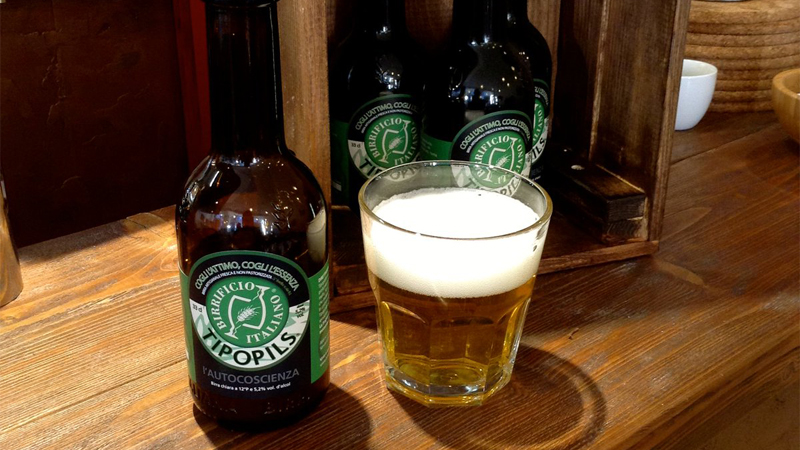
Italian-Style Pilsner’s Inspiration
Iterations of Italian-style lagers in the U.S. almost all trace back to Birrificio Italia’s Tipopils, a beer of somewhat mythical stature and one that has its own Tipopils Day. On the day of the celebration, the beer is poured in select bars and restaurants across Italy. It has wowed certain American travelers.
“We always enjoyed making lagers,” Matt Bryndilson, brewmaster at Firestone Walker, says. “We’d kind of gotten out of brewing pilsners [at Firestone Walker].”
While overseas hunting beer equipment, Bryndilson came across his first Tipopils.
“I fell in love with Tipopils,” he says.
He credits Agostino Arioli for this impactful moment, and its subsequent brewing movement.
“Agostino is the nucleus of all of this,” Bryndilson says. “I credit him with leading the charge. I went home [to California] and wrote the Pivo Pils recipe.”
Arioli, whom Bryndilson calls “the Godfather of Italian craft beer,” is a fascinating character. The founder of Birrificio Italiano, his wordy emails read with unmistakable enthusiasm, littered with exclamation points and long-winded storytelling. It isn’t hard to imagine Arioli hosting and entertaining a crowd while downing multiple Tipopils.
Oxbow Brewing Company co-founder and head brewer Tim Adams says that the inspiration for his Italian pilsner, called Luppolo, came from Italian craft brewing as a whole. He cites Birrificio del Ducato’s Viaemilia as an inspiration, and Birrificio del Ducato founder Giovanni Campari as an important influence, mentor, and friend. But Luppolo shares a similar genesis to Firestone Walker’s Pivo Pils as well.
“Luppolo is inspired by various pils that we have tasted in Italy,” Adams says. “There are many great pils in Italy and it seems as though many of them are styled after Tipo, with the noble-type hop dry-hopping. It is the collection of these beers as a whole that led to our fascination with Italian-style pils. … But it all started with Agostino, that is for sure.”
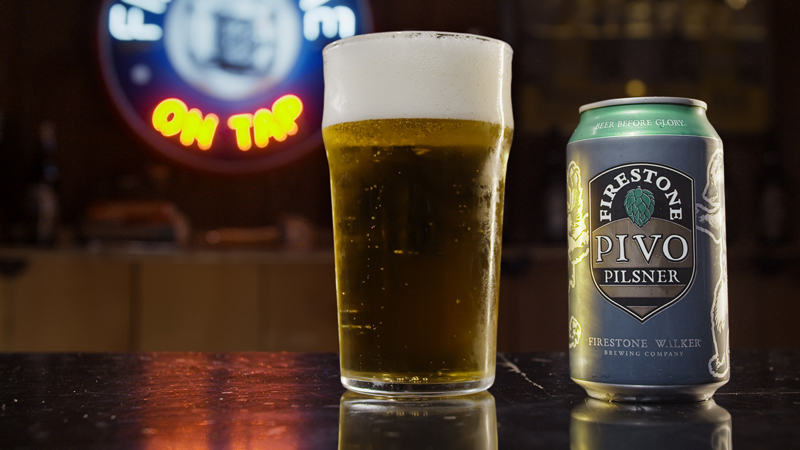
‘Kind of a Pils’
Birrificio Italiano was born in Como, Italy, in 1996. As the brewery’s founder as well as the visionary behind its infamous hoppy pilsner, Arioli, too, had a muse.
“At that time I was fond of the northern German Pils, and Tipopils was my poor attempt to brew something close to Jever Pils,” he writes in an email, referring to Saxony’s Friesisches Brauhaus zu Jever. “What came out was completely different.”
Afraid that he had failed “to brew a real Pils,” Arioli says he decided to name the beer something slightly different. “That’s why I called it Tipopils, from ‘tipo Pils,’ that in Italian means ‘kind of a Pils.’” It wasn’t exactly the German style he was going after, he says, “but it was good, though!”
Arioli had also borrowed a technique “from the English practice of cask dry-hopping, adding plugs of hop cones,” he continues. “I took the idea of adding pellets to my little maturation tanks — at that time 400 liters each — of Tipopils.”
In other words, Arioli brewed an unfiltered pilsner and dry-hopped the beer with traditional noble hops, Old World hops that express centuries-old terroir. With respect to the Bavarian Purity Law of 1516 (dry-hopping didn’t become Reinheitsgebot-permitted until 2012; Tipopils was created in 1996), the Italian-style pilsner was born.
What Is Italian-Style Pilsner?
According to Arioli, the Italian style is defined by simple metrics: It must be light in color, between 4 and 5.4 percent alcohol by volume, and, most critically, should be dry-hopped using only traditional German or Czech hops, also known as noble hops, “or new varieties that resemble the traditional ones,” he says. “New hops [in the] U.S. style, from Cascade to Galaxy, displaying strong and intense fruitiness, are not allowed. Intensity is not a goal.”
“The most important consideration for this style is to have a very pronounced traditional European hop character,” Adams echoes, adding that he uses Tettnanger and Hallertau Hersbrucker hops in Luppolo. “The hops could be German, Czech, Slovenian, or even some New World-grown stuff that shows like noble-type hops could work, but any discernible presence of modern IPA hops immediately and definitively disqualifies a beer from being an authentic Italian-style pils.”
Finally, Arioli says, adding emphasis to his last point about intensity, a great pilsner should be about balance and complexity through simplicity.
“I would say that an Italian-style pilsner should be very well balanced with a subtle body and delicately perfumed (from herbal to spicy and slightly citrusy/fruity),” he says. “A gentle but firm touch is the key. It’s a beer designed … for the regular customers who want it every day and every time they enter their favorite pubs. Very drinkable but full of character.”
To bring it full circle, Arioli relates Italian pilsner to another classic export: “[A great pilsner is] not a pizza topped with 10 different ingredients, but a Margherita with good dough, excellent tomato, and a tasty fresh mozzarella.”
Bryndilson and Adams have collaborated to bring pilsners similar to the Italian-style to the (hoppy-lager- loving) masses in their bi-coastal and uber-niche Pils & Love festival, which has alternated host sites between Portland, Maine and Paso Robles since 2017. It was there that Bryndilson says he and a few others set the stylistic goal posts for the Italian style.
“It’s funny because there were a few breweries that brought their pilsners with American hops and they stood out like a sore thumb,” Bryndilson says.
Fresh Tipopils is difficult to find in America and, at press time, is even harder due to distribution law changes across the pond. Fear not, though, as Birrificio Italiano is in Covid-suspended negotiations to bring the brewing of Tipopils stateside to Connecticut. And even though it may be coming to fermentation tanks in America, don’t count on Arioli (or Bryndilson, for that matter) straying from their usage of Saphir hops.
Five Italian-Style Pilsners to Try:
Firestone Walker Pivo Pils
Paso Robles, Calif.
ABV: 5.3%
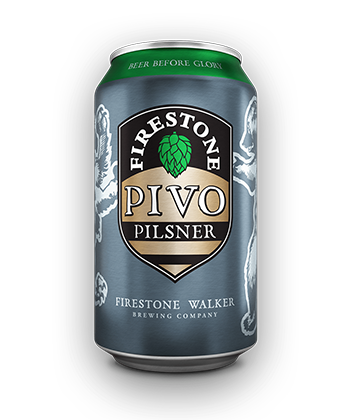
The GABF gold-medal winner might be the gold standard in American-made Italian pilsners. Big, dank hop aroma with a beautiful light body and generous carbonation.
Oxbow Brewing Co. Luppolo
Portland, Maine
ABV: 5%
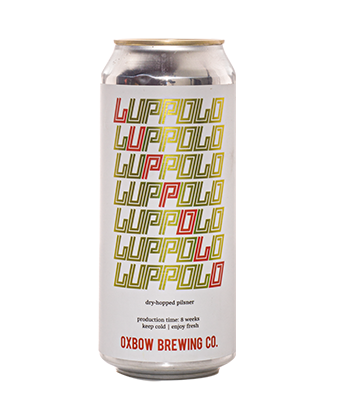
The Maine farmhouse experts have been quietly upping their lager game for a few years. Pale gold color with more of a medium mouthfeel, Luppolo finishes with firm grassy hop notes.
Tributary Brewing Co. Italian Pilsner
Kittery, Maine
ABV: 5%
Tributary owner and brewmaster Tod Mott says: “[The Italian Pilsner] is a wonderful beer style. Crisp, aromatic, and very thirst quenching.” The New England brewing legend’s version is no exception.
Fort Point Beer Co. Sfizio
San Francisco
ABV: 4.9%
Fort Point calls Sfizio “as generously hopped as an American IPA.” Sfizio, which means “treat” in Italian, is heavy on the noble hops Hallertau Mittelfrüh and Aurora, and is the best take on the style available on the West Coast.
Wheatland Spring Farm and Brewery Alberto
Waterford, Va.
ABV: 5.5%
Alberto, from upstart DMV brewery Wheatland Spring, is light-bodied and floral on the nose. It is an elite take on the style. The Mandarina Bavaria dry-hopping gives intense characteristics of citrus.

